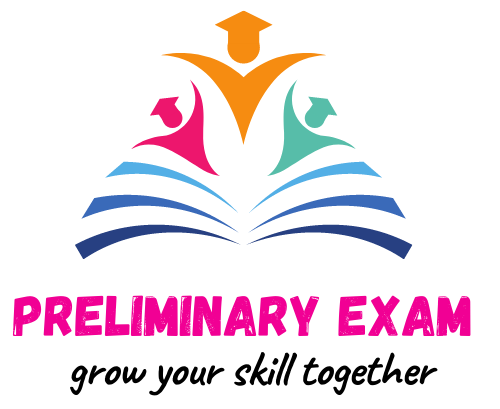गुजरात TAT2 परिणाम 2023: SEBExam.org पर घोषित किया गया, यहां सीधा लिंक परिचय हम स्वागत करते…
Welcome to our comprehensive guide on the KCET Result 2023! As an authoritative source for all…
NEET UG 2023 Result: How to Check एनईईटी UG 2023 परिणाम: कैसे देखें Introduction नेशनल एलिजिबिलिटी…
NEET UG 2023 Result is out! National Testing Agency, NTA has released the NEET 2023 result…
Social Circle
Top Rated
जीवन एक अद्भुत यात्रा है जो हर कोने में रहस्यमयी और रोमांचक है। इसमें हमें…
Latest Posts
जीवन एक अद्भुत यात्रा है जो हर कोने में रहस्यमयी…
Google Pay से लोन लेने की सोचने वाले के मन…
बाइक युवाओ की पहली पसंद होती है। एक अच्छी बाइक…
यहाँ Best Electric Car in India की सबसे अच्छी कार…
Scooter महिला और स्टूडेंट की पहली पसंद होती है। महिला…
दोस्तों यदि आप हरयाणा से हो और आप कोई Electric…
Subscribe to Updates
Get the latest news from Education like Preliminary exam ,Result, CBSE, NEET, TET Exam etc.

